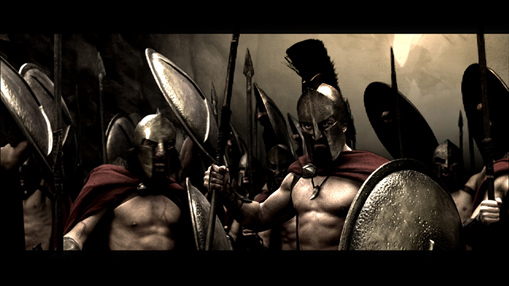
Casablanca
For this journal assignment i chose to watch a film before 1950 as opposed to a foreign film. I made this decision because i thought to my self, "curt, you should really see some of those good 'ol classics that your peers are always raging about." And if my peers rage about anything, it is the dynamite duo of Humphrey Bogart and Ingrid Bergman in Casablanca. I kid you not.
In Casablanca Bogart plays the role of an exile from the United States who has planted his roots in Casablanca, Africa. Rick Blaine (Bogart) has the hottest joint in town, ergo some of the most interesting people and things end up in his presence...coincidence? I think not. Among these items and people are some letters putting him in a position of power and his former lover, Ilsa Lund (Bergman). Once creases are flattened, lets just say the fire is rekindled ;). Will they get back together? What are these letters of power? Is this movie really a top 100 film? To answer these, you'll have to watch the movie.
A. Casablanca was written by (stick with me...) Murray Burnett, Joan Alison, Julius J. Epstein, Philip G. Epstein, Howard Koch and Caset Robinson. I may be mistaken but i do not believe that the film is based on literature.
B. The chief cinematographer was Arthur Edeson who was a cinematographer for over 4 decades and cinematographer for over 130 films! (137 to be exact). Some of the big names include Robin Hood, The Three Musketeers, Good Women, Never say Goodbye and Nobody Lives Forever. Obviously the list goes on, but you get the picture, he's kind of a big deal in the world of cinematography.
C. George James Hopkins is the man with the plan for set design. The sets for the final film were pretty crucial in this movie because the movie took place mostly in one town so the sets were continuously used therefore requiring a very intricate amount of detail, accuracy and beauty.
D. Leo F. Forbstein was the musical director, Hugo Friedhofer was the music arranger and Elliot Carpenter was the main musician; primarily piano. The music in this film is crucial. From the lone piano to the non-diagetic sound to the opposing national anthems, much is said with the music score. The different melodies give the audience impressions before we even hear a word of a character, we already have assumptions about them. Especially with the Nazi involvement as characters in this film the music is so important.
E. Michael Curtiz was the director of this film and i believe it quite apparent that he had a large hand in this film. Every aspect of every scene is so intentional. From the lighting to the music to the actors and the sound, it is all fit together so well because of Curtiz. Curtiz is famous for other large films such as The Adventures of Huckleberry Finn, The Breaking Point, Noah's Ark and many foreign films.
F. & G. The acting in this movie is almost unmatched. Honestly, with the cynical, stern, stone faced Humphrey Bogart to the gorgeous, moving, make-you-wanna-melt Ingrid Bergman it is an Academy Award winning cast that can sway you in any direction. Obviously with a cast like this the movie was a blockbuster when it first came out, as well as to this day.
I know I may seem a little over the top with this but honestly it was a really good movie and I recommend it to everyone.


